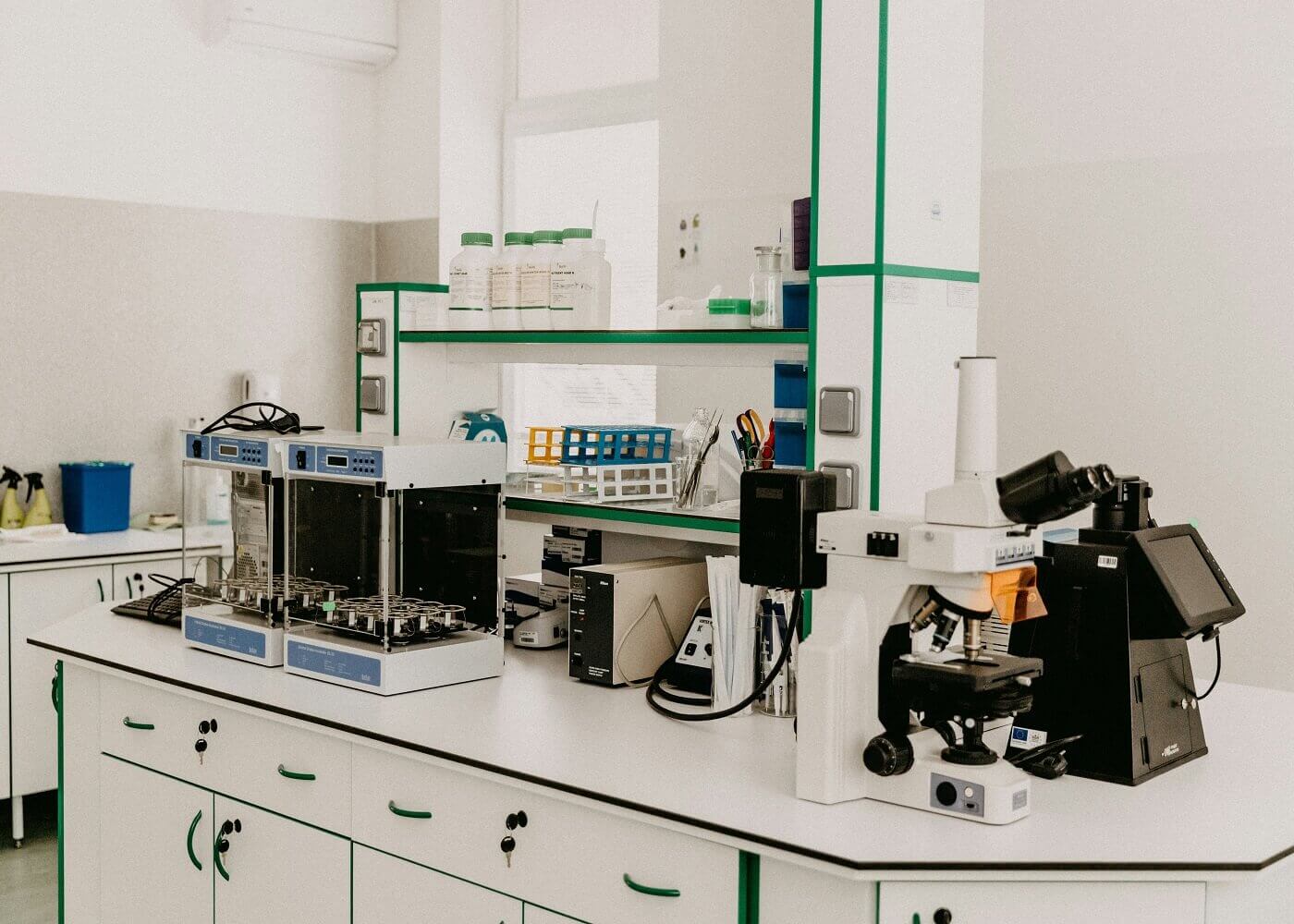In the rapidly evolving field of biochemistry, understanding gene-protein interactions is pivotal for elucidating mechanisms underlying various diseases, including cancer and neurological disorders. Researchers worldwide focus on these interactions to map metabolic pathways and the processes driving disease progression. This endeavor has been facilitated by advancements in analytical techniques, with Chromatin Immunoprecipitation (ChIP) Assay being integral to this research.
The Role of Chromatin Immunoprecipitation (ChIP)
Chromatin Immunoprecipitation Assay has established itself as a cornerstone in DNA-Protein Interaction Analysis within cellular environments. The technique captures a snapshot of biochemical interactions between DNA and regulatory proteins that modulate gene expression. Compared to traditional assays, ChIP delivers insights into histone modifications, transcription regulation, and chromatin structure changes, crucial for developing targeted drug therapies.
The ChIP Assay involves several crucial steps: in vivo crosslinking of proteins to DNA, chromatin shearing into manageable fragments, immunoprecipitation using specific antibodies, reversal of crosslinks, and subsequent purification and analysis of the bound DNA. This procedure allows researchers to pinpoint loci on DNA where proteins exert regulatory effects, enabling detailed mapping of gene regulatory networks.
Detailed ChIP Procedure Overview
Crosslinking: Formaldehyde is commonly used to fix proteins to DNA in living cells, preserving protein-DNA interactions. Analyzing crosslinking kinetics can provide further insights into dynamic regulatory processes.
Chromatin Shearing: While traditionally performed via sonication, micrococcal nuclease digestion is often preferred for its precision, allowing for consistent shearing of DNA to optimal fragment sizes. The choice between methods can depend on the experimental context and target region accessibility.
Immunoprecipitation: Employing antibodies specific to the target proteins, researchers enrich DNA-protein complexes. The specificity and affinity of these antibodies are critical for obtaining high-confidence results.
Reversal and Purification: Using controlled conditions to reverse crosslinks ensures integrity of the purified DNA, which can then be utilized in downstream sequencing methods to identify protein binding sites genome-wide.
Considerations for a Successful ChIP Experiment
Carrying out a successful ChIP experiment requires meticulous optimization of conditions. Key factors include choosing the right crosslinking duration, managing fragment size, and ensuring antibody specificity. Furthermore, employing rigorous control groups—such as input DNA controls and positive/negative antibody controls—validates results and controls for potential experimental biases.
Optimization of antibody concentration, incubation time, and temperature based on the abundance and accessibility of the target protein adds to experiment fidelity. Often, trials and validation using control antigens or known target sites precede full-scale experiments to ensure the specificity of the antibodies used.
Applications and Advanced Techniques Using ChIP
Beyond simple protein-DNA mapping, ChIP’s applications include extensive epigenetic studies:
Histone and Chromatin Studies: Through analyzing histone marks, researchers can understand epigenetic alterations influencing gene regulation. Up-to-date methodologies like ChIP-Seq Service enable genome-wide profiling, which is indispensable for comprehensive epigenetic mapping.
Gene Regulatory Networks: By dissecting transcription factor binding sites, ChIP elucidates complex regulatory networks, providing insight into cell-type-specific gene expression.
High-Throughput and Specialized Applications: ChIP-seq enables unbiased genome-wide analyses, critical for identifying binding sites of transcription factors or histone modifications. Integrating ChIP-seq data with RNA-seq or ATAC-seq results offers a multi-faceted view of gene regulation.
Drug Development and Disease Mechanisms: In translational research, ChIP data identifies epigenomic targets for drug development, elucidating aberrant regulatory mechanisms in diseases like cancer, where misregulated chromatin structures contribute to tumorigenesis.
Future Directions and Integration
The integration of ChIP with computational tools continues to enhance its utility. Profacgen and similar companies offer services that employ cutting-edge bioinformatics platforms, allowing researchers to perform complex analyses such as differential binding studies across multiple conditions or experiments. Advanced data interpretation is facilitated by machine learning algorithms, which can uncover subtle patterns in large-scale datasets.
Furthermore, evolving methods such as CUT&RUN Sequencing(Cleavage Under Targets and Release Using Nuclease) and CUT&TAG (Cleavage Under Target and Tagmentation) present alternatives to traditional ChIP, potentially offering increased resolution and reduced background noise in DNA-Protein Interaction Analysis.
Conclusion
As researchers delve deeper into gene regulation complexities, the ChIP Assay remains indispensable. Companies like Profacgen, offering comprehensive ChIP-Seq Service and associated analytical tools, empower scientists to bridge foundational research and clinical applications.
By staying abreast of new methodologies and integrating multidisciplinary approaches, researchers can advance their understanding of cellular processes and disease mechanisms, paving the way for innovations in therapeutics and personalized medicine. This fusion of technology and biology not only deepens scientific understanding but also opens new avenues for therapeutic development, aiming for a future where complex diseases are more predictably managed and treated.
